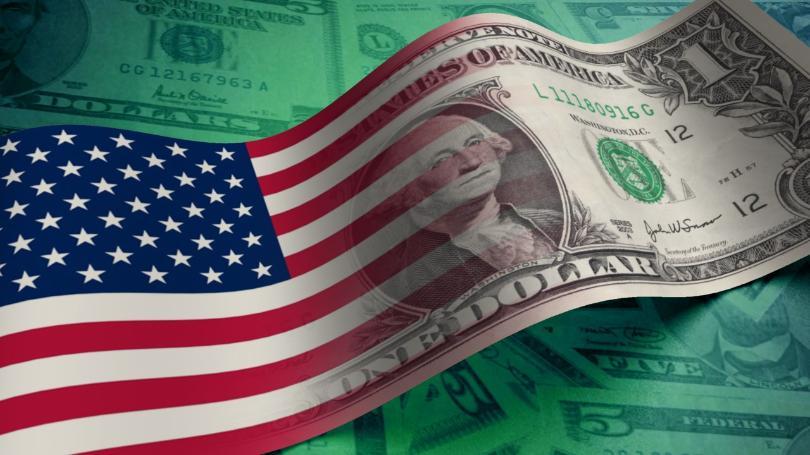Mixed fortunes for listed US recruiters amid uncertainty

Mixed fortunes for listed US recruiters amid uncertainty
Our NED, Suhail Mirza, reflects on the performance of US-listed recruiters over the past two months and considers what statements at the World Economic Forum mean for business.
The past two months have seen macro political factors continue to add to the uncertainty felt in global capital markets ranging from the continued Brexit farce to the further brinkmanship in trade talks between the US and China.
Over the two-month period (23rd November 2018 to close of markets on 23rd January 2019) the S&P500 has effectively treaded water moving from 2632 to 2638. The larger listed US recruiters have offered a mixed bag in terms of share price performance.
Mixed share price performance
Manpower Inc (market capitalisation of $4.52 billion) has fallen by over 10 per cent over this period and its price/earnings ratio (9.01) seems to reflect investor caution over its prospects. Over the previous year, (January 2018 to January 2019) it has seen its share price dive by over 46 per cent. ASGN, with a market capitalisation of $3.21 billion, has seen a similar drop as its price fell from $67.85 to $60.30, a decline of 11 per cent. It has fallen by 12 per cent on the preceding year. Struggling too (no pun intended) is Heidrick & Struggles (market cap of $628 million), which has from $35.13 to $32.48 over the past two months, a decline of 7.5 per cent.
A couple of the US listed recruiters have seen their share price drift only incrementally. Robert Half (market cap $7.26 billion), for example has nudged up from $58.8 to $59.35. Kelly Services (market cap of $890 million) has replicated this, drifting from $22.20 to $22.75 over the two months to the close of markets on 23rd January 2019; albeit it has suffered a 21 per cent share price decline over the course of the preceding year.
Conversely the past two months have been positive for a few of the listed recruiters. AMN Healthcare (market cap $2.95 billion) has climbed from $59.95 to $63.55, a rise of six per cent and it has been a boon for investors with its share price rising 24.8 per cent over the previous year. KForce (market cap $854million) has risen by five per cent and grown almost 23 per cent over the previous year.
The stand out performer has, however, been Insperity inc (market cap $4.19 billion), which has climbed over the past two months by almost six per cent; but this is part of a spectacular trend which has seen its share price rise by 68 per cent over the course of the preceding year. It is clearly a darling of the investor community as revealed by its price/earnings ratio which sits at an eye-watering 32.74.
The question for investors as ever will be whether the larger forces of political economy prove a drag on the US economy. The S&P 500 has, for example, rallied by more than 11 per cent since Christmas and Elia Lattuya, a strategist at Unicredit, sounds caution about whether this can continue: “A fine balance of friendly monetary policy, clear growth, modest inflationary pressure and a lack of material external risks would be required to sustain the rally for the months to come.”
Diatribes from Davos
Those “external risks” may have notched up a little following some of the terse statements made at the World Economic Forum at Davos on 23rd January. Angela Merkel, German chancellor, issued a thinly veiled criticism of what she posits is the US Administration’s efforts to undermine the architecture of global economic institutions such as the IMF and World Bank. Kamal Nath, chief minister of Madhya Pradesh (India), went further stating: “The new global order is the global disorder, not merely in trade.”
Meanwhile the potential for an escalation in the China-US “trade war” continues as the US rejected an offer to hold preparatory talks with two Chinese ministers ahead of more formal trade talks. It is pertinent to note that the Chinese Vice-President, Wang Qishan, tried to strike an upbeat note at Davos referring to the 2018 Chinese economic growth rate of 6.6% per cent as “not low at all.” Certainly, that is true when compared to the advanced economies but what he omitted to mention is that it was one of the lowest rates for China in the past three decades.
Consequently, investors will hope that the Trump Administration understands that further trade tariffs and restrictions on Chinese exports could further undermine the latter’s growth prospects. That would bode ill for the global economy as a whole and for the US too.
This article was originally published in Recruitment International.
